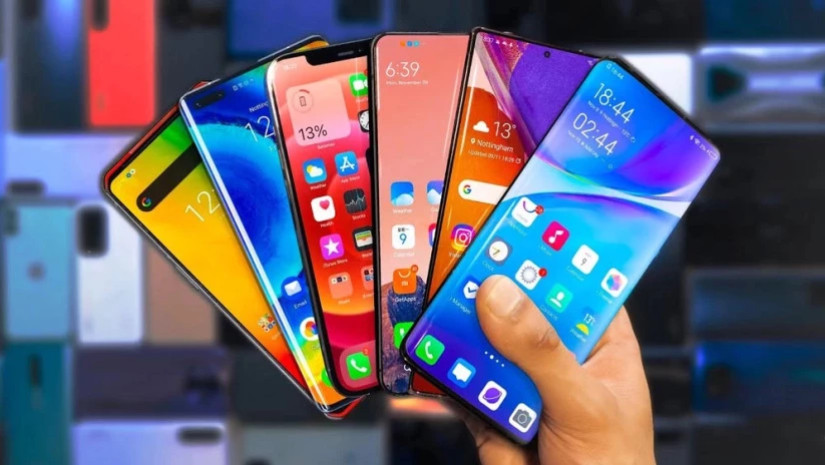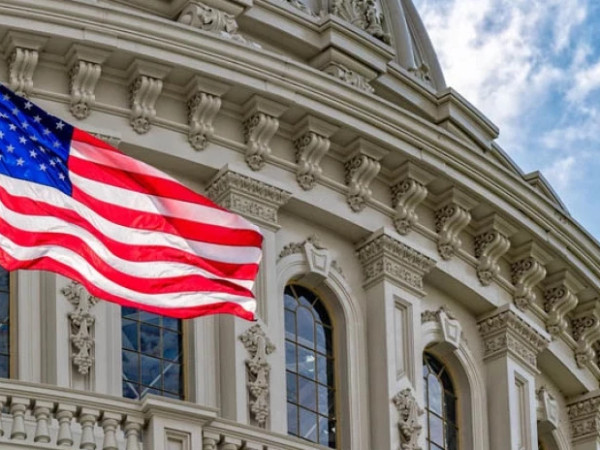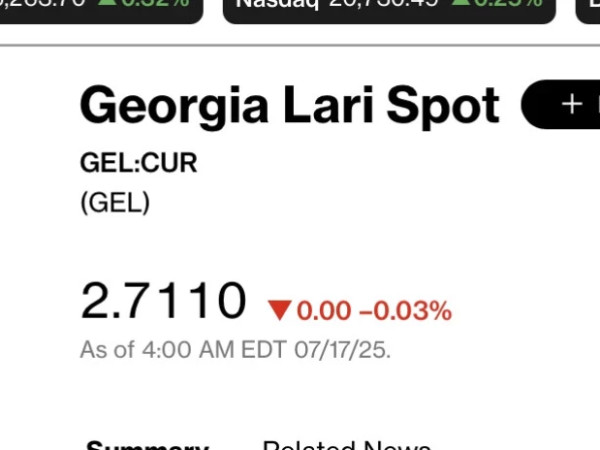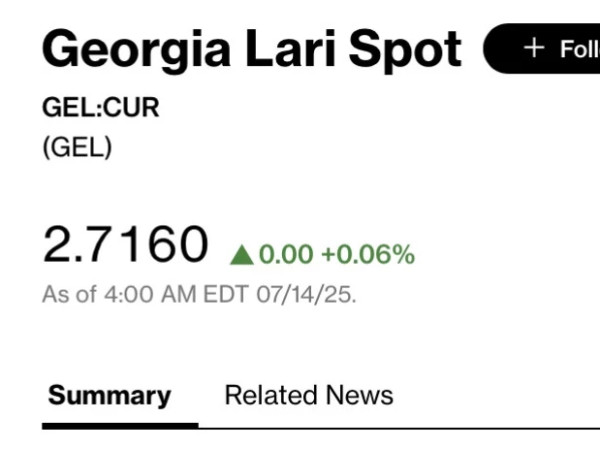According to preliminary data from the International Data Corporation (IDC) Worldwide Quarterly Mobile Phone Tracker , global smartphone shipments increased 1.5% year-over-year (YoY) to 304.9 million units in the first quarter of 2025 (1Q25). The smartphone market performed in line with IDC forecasts, as manufacturers ramped up production in anticipation of the expected announcement by the U.S. Administration on tariffs on China imports.
“The recent exemption by the U.S. government pausing smartphone import tariffs from China offers temporary relief for U.S. companies, but heavy reliance on China’s supply chain persists amid ongoing tariff volatility, making future planning challenging and leaving many companies with important decisions with high levels of uncertainty,” said Ryan Reith, group vice president, worldwide device trackers, IDC. “Right now, the focus for U.S. smartphone brands should be taking advantage of the exemption by building and shipping as much as possible. The other side of this equation is the possibility that economic uncertainty may dampen consumer demand in the coming months.”
"The U.S. smartphone market experienced growth of more than 5%, despite challenges from tariffs and trade wars affecting disposable income,” said Anthony Scarsella, research director for Client Devices, IDC. "The growth in 1Q25 was fueled by rising consumer interest in the latest models from top manufacturers, along with a sense of urgency to buy before potential price increases,” added Scarsella. “Additionally, the recently announced 90-day pause on smartphone tariffs could further enhance sales in Q2, as consumers might seize the opportunity to purchase before the possible reintroduction of tariffs that could drive prices up.”
Globally, last quarter saw growth among top smartphone vendors, particularly the Chinese vendors in the home market, bolstered by the subsidies from the Chinese government launched last year, but extended to smartphones in January 2025. The subsidy program, which aims to stimulate consumption, targets products priced below CNY6,000 ($820), representing most sales among Chinese vendors. Among the top vendors:
Samsung regained its market leadership, driven by the continuous success of its Galaxy S25 premium device and the Galaxy A series in the mid-range, particularly the latest Galaxy A36 and A56, offering AI at more affordable prices.
Apple had the best Q1 ever in terms of units shipped, stockpiling to avoid the U.S. tariffs, but also to other regions, as the channels fear that supply chain disruption could lead to a shortage of stock and price increases. Its performance in China declined, as Apple’s Pro models were exempt from the Chinese government subsidy program.
Xiaomi’s performance was mainly driven by its growth in China due to the subsidies from the Chinese government, which positively impacted the sales of its mid-range products.
OPPO regained its 4th position despite the decline in shipments driven by a weaker performance in the international markets, which was not offset by the growth in China.
Vivo experienced substantial growth of 6.3% year-on-year, driven by the subsidies in China, but also the growth in the international markets, with strong performance from low-end devices and the V series.


















